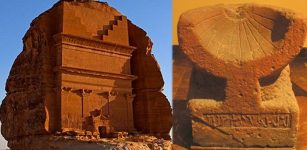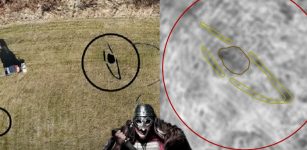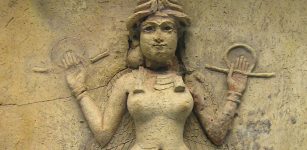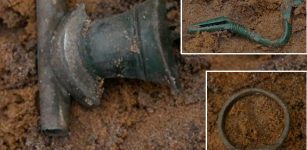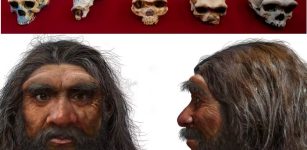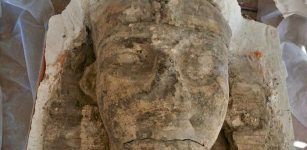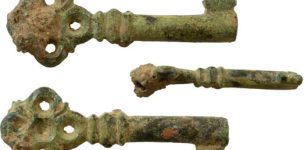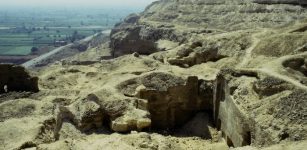Highly Debated Early Homo Erectus Skull From Turkana – Age And Origin Now Verified
Conny Waters - AncientPages.com - Researchers have verified the age and origin of one of the oldest specimens of Homo erectus—a very successful early human who roamed the world for nearly 2 million years.
In addition, they found two new specimens at the site—likely the earliest pieces of the Homo erectus skeleton yet discovered, and their work is related to the region of the East Turkana site on the shore of Lake Turkana in northeastern Kenya.
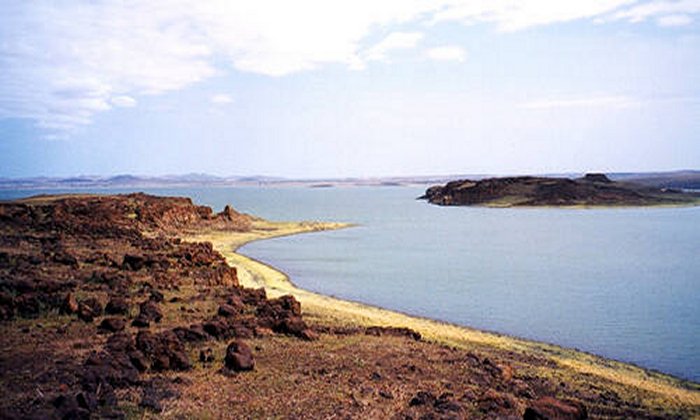 Lake Turkana, Kenya. Image source
Lake Turkana, Kenya. Image source
This region is a true treasure trove of fossils belonging to early members of the genus Homo and their close relatives that date back 1.5 million years and more. Amond these fossils is for example, Turkana Boy ("Nariokotome Boy"), a nearly complete skeleton of a Homo ergaster (an extinct species from the Early Pleistocene) referred to as African Homo erectus) youth who lived at c. 1.5 to 1.6 million years ago. This skeleton is the most complete early human skeleton ever found.
It was discovered in 1984 by Kamoya Kimeu on the bank of the Nariokotome River near Lake Turkana in Kenya. Estimates of the individual's age at death ranged from 7 to 11 years old.
The East Turkana excavations began in 1968 and were lead by Richard Leakey. It comprised an 800 square kilometer region, rich in hominid and other fossils, many of which were exposed by sparse, but heavy seasonal rains. In 1969 Leakey personally discovered a hominid skull Australopithecus robustus, and in 1972 a second skull, known as 1470 after its museum number, was discovered.
"Homo erectus is the first hominin that we know about that has a body plan more like our own and seemed to be on its way to being more human-like," said Ashley Hammond, an assistant curator in the American Museum of Natural History's Division of Anthropology and the lead author of the new study.
 One of two new hominin specimens, a partial pelvis, found at the East Turkana site in Kenya. Credit: A. Hammond/AMNH
One of two new hominin specimens, a partial pelvis, found at the East Turkana site in Kenya. Credit: A. Hammond/AMNH
"It had longer lower limbs than upper limbs, a torso shaped more like ours, a larger cranial capacity than earlier hominins, and is associated with a tool industry—it's a faster, smarter hominin than Australopithecus and earliest Homo."
In 1974, scientists at the East Turkana site in Kenya found one of the oldest pieces of evidence for H. erectus: a small skull fragment that dates to 1.9 million years. The East Turkana specimen is only surpassed in age by a 2-million-year-old skull specimen in South Africa. But there was pushback within the field, with some researchers arguing that the East Turkana specimen could have come from a younger fossil deposit and was possibly moved by water or wind to the spot where it was found.
To pinpoint the locality, the researchers relied on archival materials and geological surveys.
"We had to go through hundreds of pages from old reports and published research, reassessing the initial evidence and searching for new clues,” said Dan Palcu, a geoscientist at the University of São Paulo and Utrecht University who coordinated the geological work.
The image indicates the approximate anatomical location of the KNM-ER 2598 occipital. b Posterior view and right lateral view are shown. Full size - here.
We also had to use satellite data and aerial imagery to find out where the fossils were discovered, recreate the 'scene,' and place it in a larger context to find the right clues for determining the age of the fossils."
Although located in a different East Turkana collection area than initially reported, the skull specimen was found in a location that had no evidence of a younger fossil outcrop that may have washed there. This supports the original age given to the fossil.
Within 50 meters of this reconstructed location, the researchers found two new hominin specimens: a partial pelvis and a foot bone.
Although the researchers say they could be from the same individual, there's no way to prove that after the fossils have been separated for so long.
But they might be the earliest postcrania—"below the head"—specimens yet discovered for H. erectus.
The recent study suggests that this early H. erectus was found in a paleoenvironment that included primarily grazers that prefer open environments to forest areas and was near a stable body of water, as documented by freshwater sponges preserved in the rocks.
Written by Conny Waters - AncientPages.com Staff Writer


